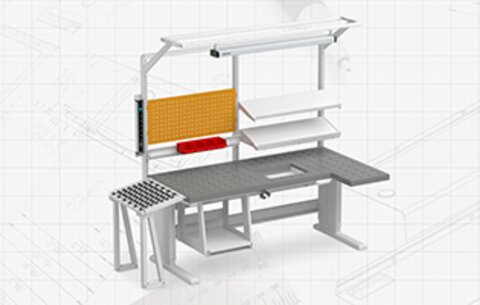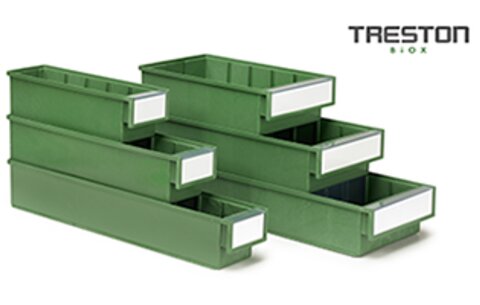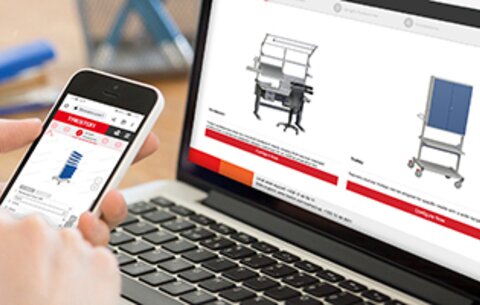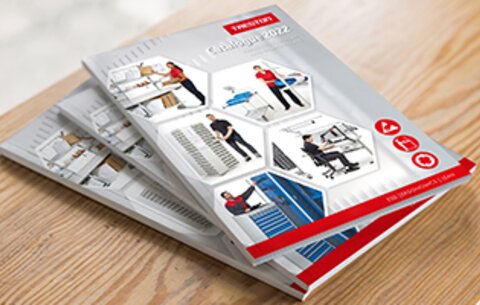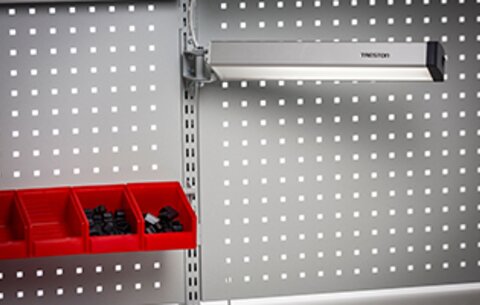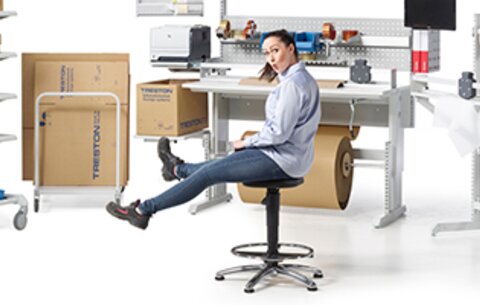How EHS Managers Can Get Workers to Care About Ergonomics
For EHS (Environmental, Health, and Safety) and facilities managers, reducing workplace injuries is a constant challenge. You know that ergonomics can play a crucial role in preventing injuries like musculoskeletal disorders (MSDs), chronic pain, and fatigue, but getting workers to care about changing their habits is another story. Despite the clear benefits, workers often prioritize getting the job done quickly, even if it means working in ways that put them at risk. This leads to preventable injuries, increased absenteeism, and higher healthcare costs—all problems you’re working to avoid.
From the worker’s perspective, they may not prioritize ergonomics because they haven’t experienced an injury—yet. They’ve likely been doing the job the same way for years, and change can feel unnecessary or even frustrating. After all, they just want to get the job done and move on with their day. However, what’s often overlooked is that poor ergonomics can lead to long-term issues that affect not just their ability to work but also their quality of life outside of work. This disconnect leaves managers stuck in a cycle of reacting to injuries instead of preventing them. The good news is that with the right approach—such as regular ergonomic assessments, the right tools, and ongoing support—you can create a win-win: safer work environments for employees and fewer injuries for the company.


